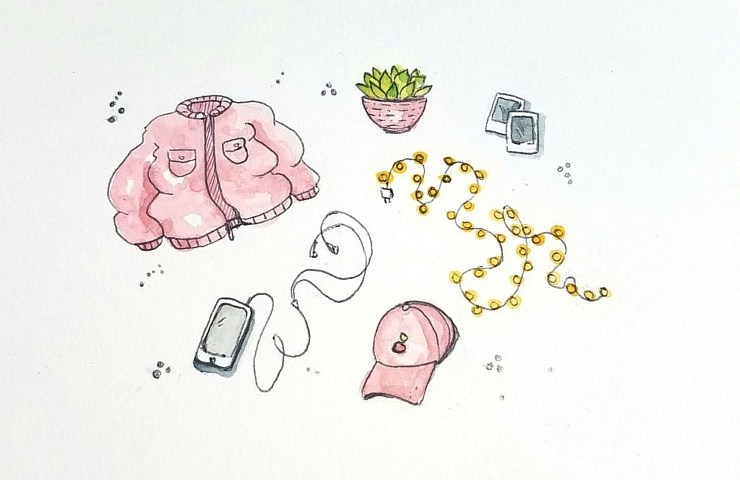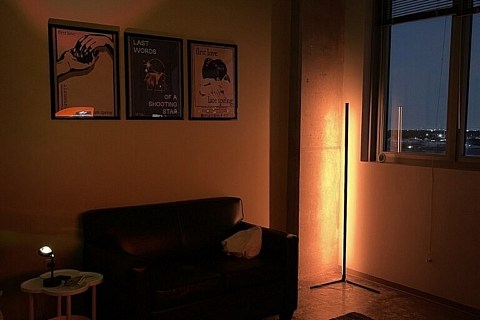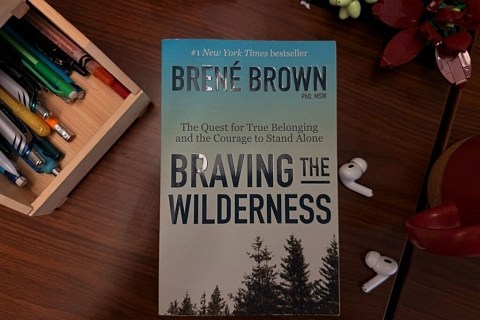As it stands, millennial minimalism is not sustainable, so we need to stop pretending that it is.
I plan to use the term “millennial minimalism” to loosely refer to the recent shift in consumerism, where millennials in particular, along with Generation Y, have supposedly ceased consuming the same disposable products that proved so appealing to Baby Boomers. Up until recently, as exemplified by “haul culture,” young people have outpaced their parents in their rate of goods consumption. This is evident everywhere from Youtube videos to popular hashtags on Instagram, where young people show their recent purchases to the public. Since the 90s, when the price of goods rapidly decreased, Americans have adopted shopping as a past-time or hobby, spending large amounts of money on goods of questionable quality, but undeniable quantity.
Around 2010, there appeared what felt like a feasible solution to American’s unsustainable shopping habits, called “minimalism.” Previously only an aesthetic term, used to refer to the stark bareness of design, minimalism has evolved into something of lifestyle, which has been coined by the popular blog called “The Minimalists.” Other popular online figures such as Courtney Carver and Mari Kondo have their own take and literature based on the subject, which revolves around “owning less” and “consuming more consciously.”
Young parents, college students and even teens have been slowly shifting toward owning less, but choosing well, and the methodology behind the concept is eco-friendly. The idea is to consume only what you need and love, and minimize all other distractions and unnecessary strains on your financial resources. By being grateful for the things you use and enjoy, you eliminate the need to unconsciously bring more goods and distractions into your space. This can apply to clothing, food, subscriptions and even friends. By choosing to buy less, less things need to be manufactured, less resources are used and there is ultimately less waste.
Even though the concept is inherently green, the execution has proven itself significantly less so. So far, the industries that should be impacted by this shift are still flourishing, whereas vendors that sell high-quality or sustainable goods are struggling. In search of something that “they truly love,” millennials are constantly replacing what they currently own with the newest and best, hoping to find that perfect addition that ultimately satisfies them and appeals to their identity at the time. As the identity shifts, there becomes a need to constantly purge and replace what you own with things that better define you. This is not a clear move away from materialism and toward minimalism, so the pretending needs to cease. Purging what you own, only to systematically replace those same things, consumes the same amount if not more resources that we’re trying to protect, and consistently adds waste where there isn’t room for it.
Those looking to call themselves truly minimalist must first address the consumption and the basic need we feel to consume, perpetuated by advertising and marketing. Which striped shirt will ultimately be the best striped shirt? And which computer will prove the most productive? What is a visual expression of identity if it’s always changing? Before minimalism can become an actuated lifestyle, we must first address why it’s needed and what exactly it means.





Recent Comments